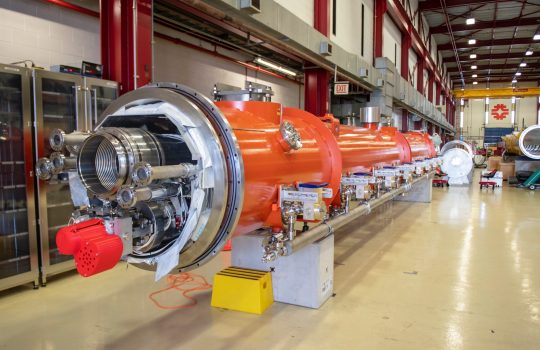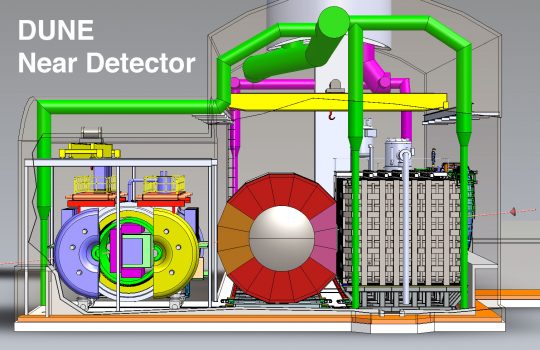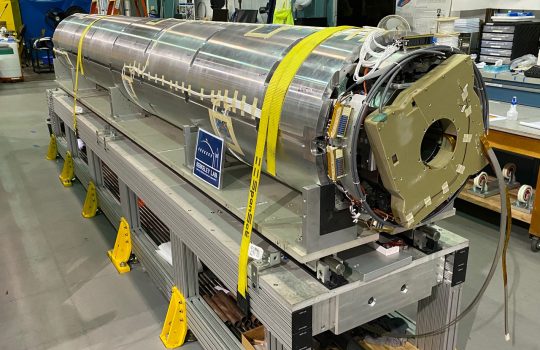Remembering theoretical physicist James D. “BJ” Bjorken, 90, who played a crucial role in discovering quarks
SLAC Newsroom, August 14, 2024
Theoretical physicist James D. “BJ” Bjorken, theoretical physicist at SLAC and Stanford, passed away on Aug. 6. He was born in Chicago and in 1979, he left the SLAC and Stanford faculties to become associate director for physics at the Fermilab, saying he wanted to learn more about the accelerator side of things



